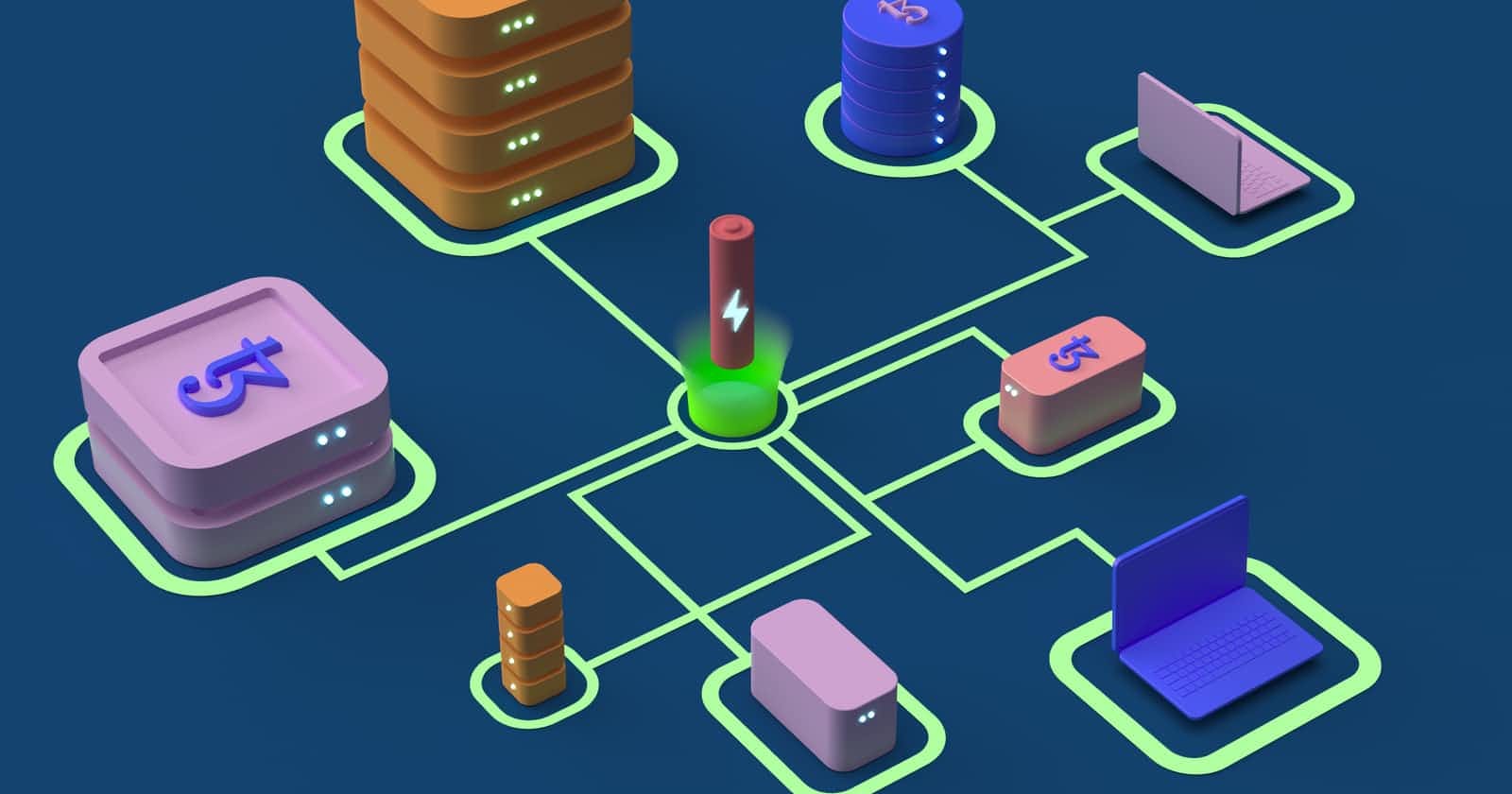Many people associate blockchain with money and finance because of the success of Bitcoin.
Bitcoin was the first cryptocurrency created in 2008. And it was all about money. It still is, but now we have more developments with the other blockchains.
So now the scope of blockchain applications is much broader. Modern blockchains, like personal computers and smartphones, are fully programmable.
How Blockchain Technology Works
In web3 the network is decentralized. The platforms created have no single entity controlling them.
However, everyone can still trust them.
This is due to the fact that every user and operator of these networks must adhere to the same set of hard-coded rules known as consensus protocols. That is the key innovation of these networks.
Ethereum
Ethereum was released in 2015. It was the first blockchain to fully sum up the original concept of Bitcoin.
Ethereum can run programs (known as smart contracts) that allow developers to create nearly any application.
Ethereum-based services can provide advanced features comparable to centralized technology companies.
Ethereum also allows for the creation of tokens, which provide users with ownership and even a source of income.
What Are The Fundamental Programming Languages In Blockchain
Web3.js
Web3.js is a set of libraries that allows you to interact with a local or remote Ethereum node via HTTP or IPC.
Solidity
Solidity is a high-level programming language. It’s mostly used for implementing smart contracts that run on the Ethereum Block chain.
Ether.js
Ethers.js is a comprehensive library for working with the Ethereum blockchain.
Because it is simple to use, ethers.js is ideal for those who are new to dApp/blockchain development.
Web3
Web3 aims to build a truly decentralized internet in which data is not reliant on a single entity. It is also a step toward safer data packet routing and information sharing on the Internet. By removing single governance of your data, you gain freedom to search the internet without being censored.
Decentralized Network
Decentralization is dispersing power from a single entity to a group of people.
In blockchain, data is stored in different computers. This allows the transition to Web 3.0 to address issues such as web service opacity, network censorship, and personal data privacy.
Transparent reporting is provided by an open public registry.
One participant cannot impose decisions on others or gain access to other people's encrypted data if there is no central authority.
Ledger
A ledger is kind of like a book. Where users on the blockchain network writes on it. This ledger is distributed to everyone on the cryptocurrency network. So basically all users has a copy of this ledger.
A distributed ledger serves as the foundation for a decentralized network infrastructure in which web applications can exchange information directly and all participants are treated equally.
Where Can One Find Web3 Resources?
Web3 resources can be found easily on the number search engine, Google.
Blockchain has grown in popularity in recent years, with a number of well-known companies and individuals getting engaged.
Conclusion
You can find a compilation of useful resources about web3 on this github repo

